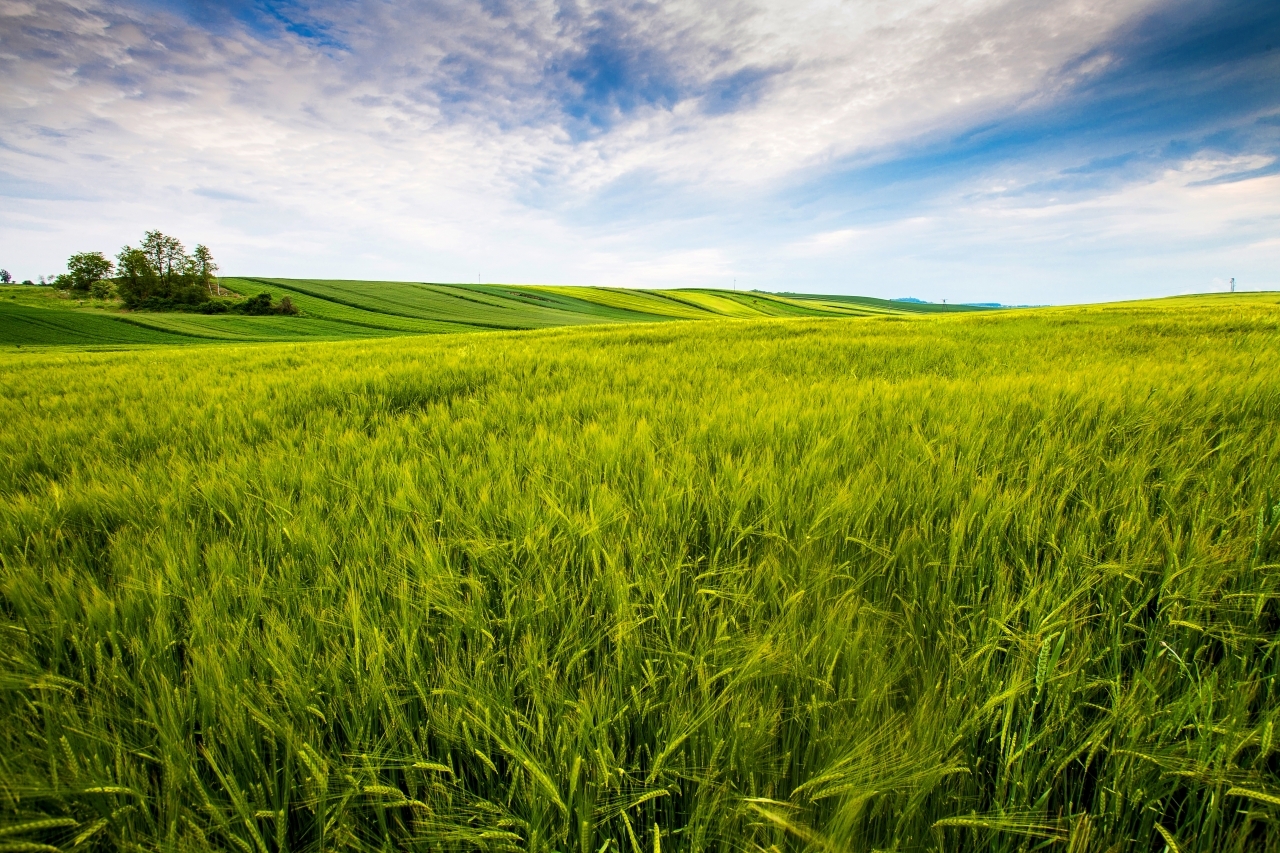 An introduction to the Preferential Policies for Biopesticides in China
An introduction to the Preferential Policies for Biopesticides in China
On 6 Aug 2019, the Ministry of Agricultural and Rural Affairs disclosed a response to the suggestions and proposals regarding the extension of biopesticides from the NPC deputies. The ministry publicly clarified its policy support to biopesticides and hope this product category can play an expanded role in the national action plans of chemical pesticide substitution and agricultural quality enhancement. In this article, we will introduce China’s concrete efforts toward green development, but most importantly, we hope a contrastive analysis on the data gap between conventional pesticides and 3 typical biopesticides could help agrochemical companies to determine the tactical and effective strategic implementation for the market entry of biopesticides in China.

2019-09-09
China Consults on the List of Veterinary Drug and Chemicals Prohibited from Food-Animal Use
On 2 Sep 2019, the MoARA’s Animal Husbandry and Veterinary Bureau issued an announcement to solicit opinions on “list of veterinary drug and chemicals prohibited from food-animals”.

2019-09-04
China Extends the Transition Period for New Pet Food Labels
On 2 Sep 2019, the Chinese Ministry of Agricultural and Rural Affairs (MoARA) issued the Announcement 210 of 2019 to offer a 6-month extension for the transition between earlier and new labeling requirements for pet food. These measures were taken at the request of pet food producers, who were previously ordered to attach new labels on pet food produced after 1 Sep 2019. MoARA realized the large stocks of old labels and agreed that the old labels attached with additional labels can be allowed for pet food produced prior to 1 Mar 2020. Thereafter, MoARA will take necessary supervisory activities against pet food labels.

2019-09-02
China Updates the National Pesticide MRL Standard (GB 2763-2019)
On 15 Aug 2019, the National Health Commission, the Ministry of Agricultural and Rural Affairs(MoARA) and the State Administration of Market jointly issued the latest version of GB 2763-2019 and 2 methods for pesticide residue detection, which will take effect on 15 Feb 2020.

2019-08-15
China Unveiled Guidance on Rural Industrial Revitalization
On 17 Jun 2019, China's State Council unveiled the guidance on rural industrial revitalization. This document is an integration, extension, refinement and confirmation of the past agriculture development policies, including precise definition on industrial segments, clear positioning on tasks and responsibilities across multiple ministries/commissions, as well as the supply of financial, land and human resources, aimed at extending the value chain and improving the quality and efficiency of agriculture-related industries.

2019-08-06
China MoARA Recommends 10 Disinfectants to Prevent ASF
On 2nd Aug 2019, the MoARA’s Animal Husbandry and Veterinary Bureau issued a missive to all provincial subordinates to recommend 10 disinfectants for African swine fever (ASF) control, which will be officially popularized among hog all over the country.

2019-07-10
China MoARA Designated 12 labs as the 7th Batch of Testing Institution for Pesticide Registration
On 31 May 2019, China MoARA released the Announcement 179 to designate 9 labs for pesticide registration experimentation.

2019-06-10
China MoARA Designated 9 labs as the 6th Batch of Testing Institution for Pesticide Registration
On 31 May 2019, China MoARA released the Announcement 179 to designate 9 labs for pesticide registration experimentation.
 Opportunities and Challenges of Water-soluble Fertilizer (WSF) under China’s Agricultural Reform
Opportunities and Challenges of Water-soluble Fertilizer (WSF) under China’s Agricultural Reform
China uses 6% of the world's water resources, 9% of the world’s farmland and 30% of the world’s chemical fertilizers to produce 26% of the agricultural products in the world. China’s annual irrigation water consumption is 360 billion tons per year but there is still an input gap of 30 billion tons. The agricultural output per water consumption was only 1 kg per ton, half the efficiency that the US and Israel achieved.
Despite China leading the world in agrochemical use, with an annual chemical fertilizer consumption of 54 million tons, the average utilization efficiency is merely 30%, about 20 percent lower than in developed countries.
The "high consumption but low efficiency" pattern in agricultural production has brought about a huge waste of resources and increased levels of environmental pollution, not to mention the fact that it has become one of the greatest bottlenecks constraining agricultural development. In the "National Strategic Plan for Agricultural Revitalization through Quality Enhancement (2018-2022)”, China planned to improve its fertilizer utilization efficiency to 41% by 2022, which us expected to have encouraging effects on certain agricultural inputs such as water-soluble fertilizers (WSF).
Imperative Fertilization and Irrigation Integration
The water-saving irrigation strategy was first put forward in 2004 and has been repeatedly emphasized by the “N01 Central Document” for 12 consecutive years. In 2011, China’s NATESC (National Agricultural Technology Extension and Service Center) identified fertilization and irrigation integration as the number one agricultural practice to be deployed nationwide. In 2015, MoA (now known as the MoARA) issued its ambitious “Action Plan for the Zero-growth of Chemical Fertilizer Uses by 2020” which means 5.33 million hectares of the farmland will be treated with an integration of fertilization and irrigation systems and the
Most Popular
Opinions or requests
Please enter your opinions or requests regarding this site in the space below.
Submit


